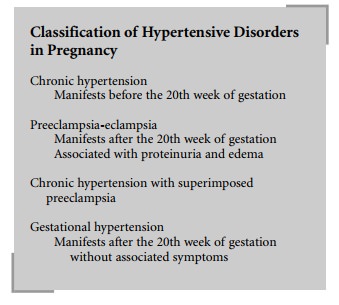Chapter: Clinical Cases in Anesthesia : Preeclampsia
Explain the etiology of preeclampsia
Explain the etiology of preeclampsia.
Although the etiologies of preeclampsia are
unknown, uteroplacental ischemia appears to be a common factor. Beer (1978)
suggested that uteroplacental ischemia may result from altered immunity such as
graft-versus-host reaction.

It is also possible that placental
prostaglandin imbalance between thromboxane and prostacyclin leads to
preeclampsia. In the normal pregnancy, prostacyclin and thromboxane are
produced in equal amounts by the placenta. In the pregnancy complicated by
preeclampsia, there is a relative increase in thromboxane production.
Thromboxane causes increased vasoconstriction, platelet aggregation, and
uterine activity as well as a simultaneous decrease in uteroplacental blood
flow. These effects are observed in preeclampsia.
Uteroplacental ischemia leads to the production
of substances similar to renin and thromboplastin. Renin causes release of
angiotensin and aldosterone, which result in hypertension and edema.
Thromboplastin can initiate coagulopathies such as disseminated intravascular
coagu-lation (DIC).
Related Topics